

By Holly Grace Callis | Published on July 4th, 2025
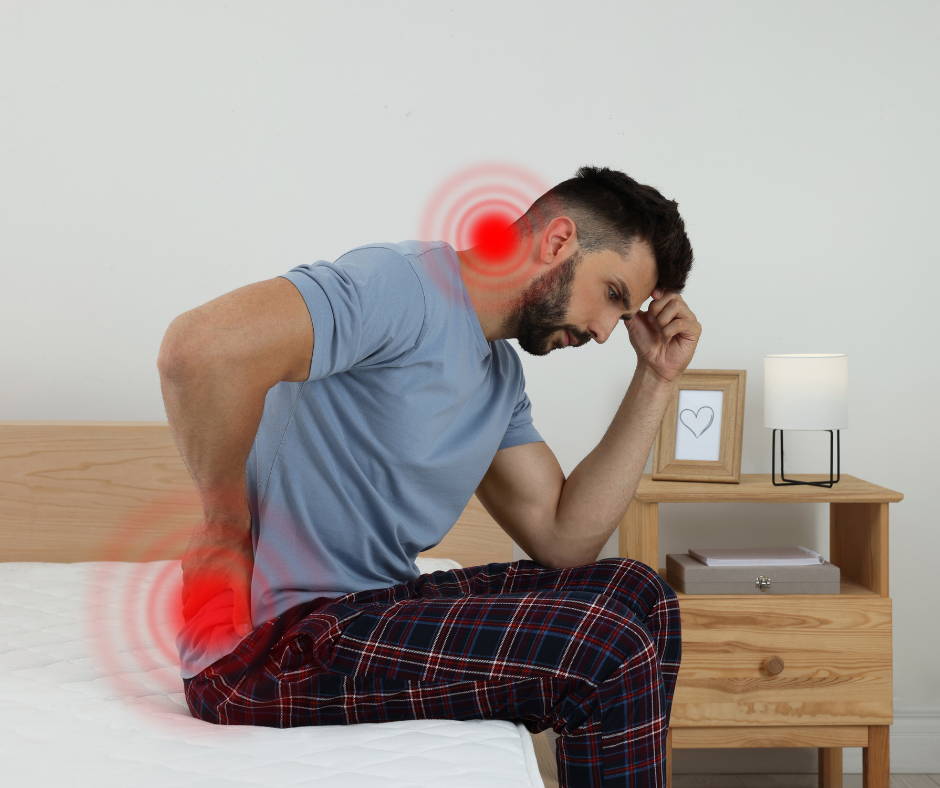
Did you know that 8 out of 10 adults will have back pain at some point in their lives? For many people, how they sleep could be the main reason why. Doctors at Ohio State Wexner Medical Center say that some sleep positions put stress on your spine and make pain worse over time.
If you wake up with aches and stiffness, your sleep position might be the hidden cause of your morning pain. The way we sleep can either protect our spine or put stress on our back, neck, and shoulders all night long. Learning about the connection between how you sleep and spine health is the first step to getting better rest and waking up without pain.
Many people don't think about how their sleep position affects their back. But the wrong position can stress your spine for hours every night. This leads to ongoing pain and poor sleep.
Your spine keeps its natural curve through muscles, ligaments, and bones working together. During sleep, this system needs to stay in the right position for 6-8 hours straight. When positions force your spine out of its normal position, the muscles around it work extra hard to make up for it. This causes tension and back pain.
Different positions create different amounts of pressure on your spine. Side sleeping with the right support usually keeps your spine aligned better than stomach sleeping. Sleeping on your stomach forces your neck to turn in an unnatural way and twists your spine. Back sleeping can give great support when done right, but it might make some health problems worse, like sleep apnea.
The Sleep Foundation has found clear links between sleep positions and back pain. Studies show that adults sleep better when they keep their spines in the right position all night. Research shows that understanding how posture and pain are connected helps doctors create better treatment plans.
Sleep medicine experts have found connections between sleep positions and different health problems.
Research shows that some positions can make acid reflux worse, cause obstructive sleep apnea, and even lead to musculoskeletal and skin diseases. Nocturnal body movements based on discomfort can break up sleep and prevent good rest. The Sleep Foundation research using free-living accelerometer recordings shows that identifying relationships between sleep posture and nonspecific spinal symptoms helps improve treatment outcomes.
Not all sleep positions are the same. Each one affects your spine, neck, and muscles differently. Some may hurt your spine health more than others.
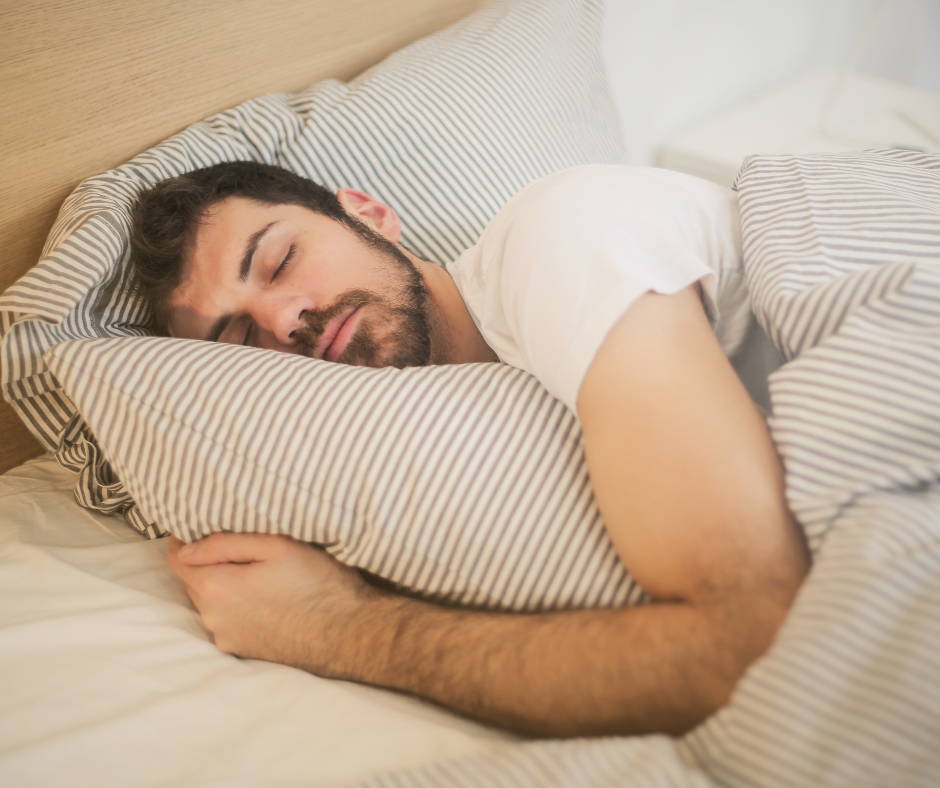
Side sleeping is one of the most popular sleep position choices among adults. This position has big benefits for people with obstructive sleep apnea and those who snore. Sleeping on your side helps keep airways open during the night and can reduce snoring.
Sleeping on your side with your knees slightly bent naturally keeps your spine aligned better than other sleeping positions, especially when you use the right support. However, without enough cushioning, side sleepers might feel pressure on their shoulders and hips all night. This can cause shoulder pain and reduce blood flow.
Sleeping on your side can also help your heart health and blood flow, especially when you sleep on your left side. This position takes pressure off major blood vessels and can improve circulation throughout your body. The left side position is especially good for pregnant women and those with acid reflux.

The fetal position is the most common type of side sleeping. While this position can feel comfortable and safe, it has risks when taken too far.
Curling up too tightly in the fetal position can round your spine unnaturally and make it hard to breathe by squeezing your diaphragm. This common position may also create tension in your neck and shoulders, especially if your head is tucked too far forward or your knees are bent in an extreme position. People who sleep in the same position all night may wake up with stiffness and reduced circulation.
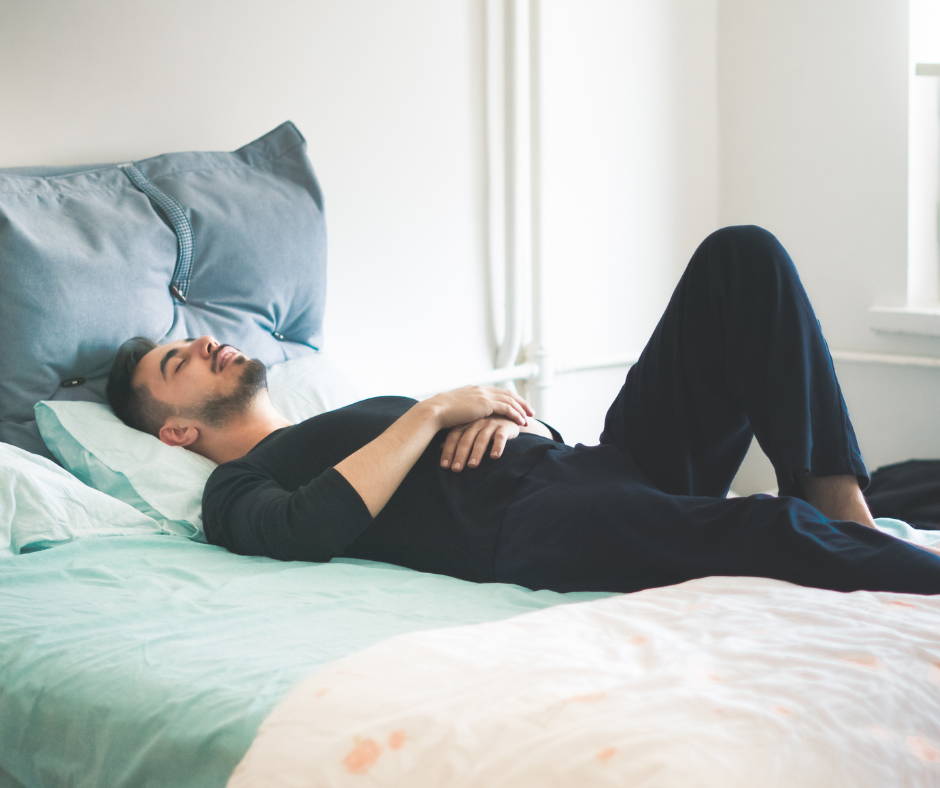
Sleeping on your back offers great potential for healthy spine alignment. Many experts think it's the best position for keeping your spine's natural curve. This position spreads weight evenly across your body and reduces pressure points.
Back sleepers usually feel less pressure on their joints and may wake up with less back and neck pain compared to those who use other positions. However, sleeping on your back can make some health conditions worse. People with sleep apnea may find this position allows their tongue and soft tissues to fall backward, possibly blocking their airways.
Sleeping on your back may also make acid reflux worse, as stomach acid can more easily flow into your throat. Pregnant women, especially in their third trimester, are usually told to avoid sleeping on their backs because of possible blood circulation problems.
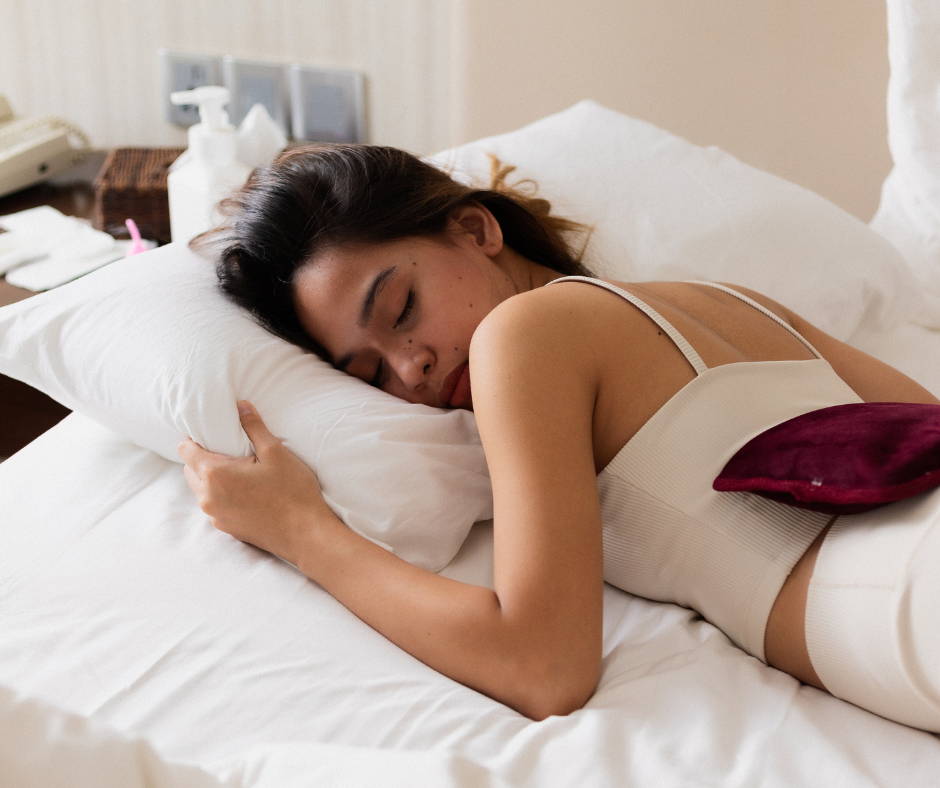
Sleeping on your stomach consistently ranks as the worst sleeping position for spine health and overall sleep quality. This position forces your neck into extreme rotation for long periods and creates unnatural spine twisting that can lead to ongoing back and neck pain.
Sleeping on your stomach also squeezes internal organs and can make it hard to breathe by putting pressure on your diaphragm. People who choose stomach sleeping often report waking up with shoulder pain, neck pain, and general stiffness throughout their upper body. The position even creates more pressure on facial tissues and may contribute to facial wrinkles and skin diseases over time.
For those who find it hard to stop sleeping on their stomachs, gradual changes work best. Start by placing a pillow under your pelvis to reduce spine strain, then slowly work toward other sleeping positions that offer better support. Many sleep medicine professionals recommend using a few pillows to help transition away from this position while maintaining healthy spinal alignment.

Certain patterns in how you wake up can signal that your sleep positions aren't right for your spine and are the cause of ongoing pain.
Waking up with neck pain or general stiffness often means your sleep position has strained muscles and joints throughout the night. When your spine isn't properly supported, surrounding muscles work overtime to maintain stability, leading to tension and soreness.
Back pain that's worst in the morning and gradually gets better throughout the day typically suggests sleep-related pain. Poor spinal alignment during sleep prevents muscles from fully relaxing and recovering. People who maintain the natural curve of their spine during sleep typically experience less morning stiffness.
Poor alignment directly affects sleep quality by creating discomfort that leads to frequent position changes and disrupted rest. When your body can't find a comfortable position, you're more likely to move around in ways that break up your sleep cycles and make it hard to fall asleep.
Problems sleeping through the night typically mean that your current positions aren't providing enough support for your body, preventing you from getting enough quality sleep.
Sleep-induced nerve compression and limited blood circulation can cause tingling, numbness, or "pins and needles" feelings in your arms and legs. Side sleeping without proper support can put too much pressure on the shoulder and arm underneath, leading to numbness that may last after waking.
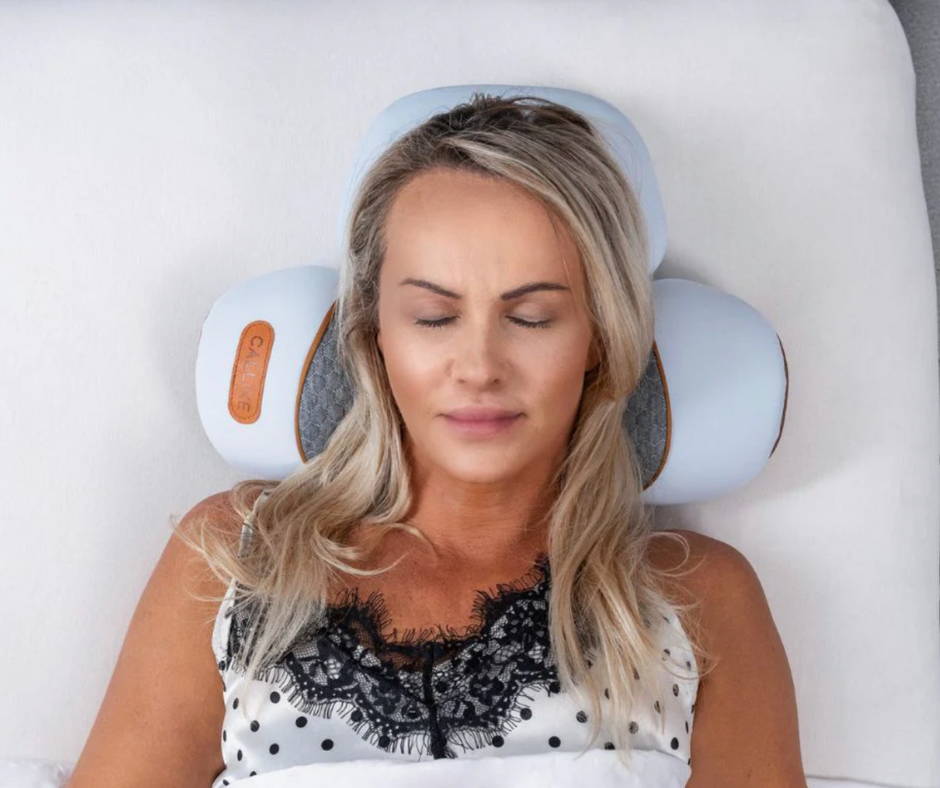
Your sleep positions should work with your body, not against it. These strategies can help you make smart changes for better alignment and healthier sleep.
Side sleeping can be the best sleep position when proper support is maintained throughout the night. A supportive mattress that shapes your body while staying firm helps prevent excessive sinking that can misalign the spine.
Placing a pillow between your knees maintains hip alignment and reduces strain on the lower back during side sleeping. This simple addition helps keep the spine aligned and can significantly reduce morning back pain and stiffness.
Sleeping on your side, particularly on your left side, offers benefits for blood circulation and may help reduce acid reflux symptoms. The left side position is considered the best position for blood flow as it takes pressure off major blood vessels. A memory foam pillow that supports the curve of your neck prevents the head from tilting during side sleeping.
Changing from stomach sleeping to back or side sleeping requires patience and gradual adjustment. Your body has developed muscle memory around your current positions, so change should be done slowly to increase success.
Start by using a few pillows or bolsters to prevent rolling into your old position during the night. Body pillows can help maintain a new sleep position alignment while you adapt. Research suggests that most adults achieve healthy sleep better when they make gradual transitions rather than sudden changes. Some people find it helpful to practice their new sleep position during short naps before committing to it for the entire night.
Choosing the right firmness based on your preferred positions ensures adequate support without creating pressure points. Side sleepers typically need softer surfaces that shape to shoulders and hips, while back sleepers often benefit from firmer support. The best position for spine health depends largely on having proper support tools.
A thin pillow works best for stomach sleepers who can't transition to other positions, as it minimizes neck extension. However, transitioning to sleeping on your back or side, with proper pillow support, offers better long-term spine health and can reduce snoring for many people.
At Callixe, we know how important it is to support your spine properly while you sleep. Our special products, like the Thera Pillow and Mirella Contour Pillow, are made to help keep your spine aligned in a healthy way while you sleep. The Thera Pillow uses gentle stretching, heat, and massage to help take pressure off your spine and relax tight muscles. The Mirella Contour Pillow gives your neck the right support to keep its natural curve all night long.

For people with certain health conditions, the stakes are even higher when it comes to sleep positions and their impact on both comfort and overall health.
Obstructive sleep apnea significantly influences which positions are safest for keeping airways open. Sleeping on your back can worsen obstructive sleep apnea symptoms by allowing tissues to collapse backward and block breathing passages.
Sleeping on your side typically represents the best sleep position for people with obstructive sleep apnea, as it helps keep airways open and can reduce symptoms of breathing disruption during sleep. Sleep medicine experts often recommend side sleeping as the primary treatment for mild sleep apnea before considering other interventions.
Pregnant women face unique considerations when choosing positions, particularly in the third trimester. The left side is often recommended as the best sleep position for pregnant women because it improves blood flow to both mother and baby.
Pregnant women should avoid sleeping on their stomachs once the pregnancy becomes physically uncomfortable, typically during the second trimester.
Improving your healthy sleep posture doesn't always mean changing your entire routine. Small changes based on expert insights can make a big difference.
Many physical therapists recommend checking three key alignment points once you're in bed:
-Head and neck in line with the spine
-Shoulders stacked (not rolled forward or collapsed)
-Hips aligned with knees (not twisted)
A quick mental check can help build good posture habits over time and maintain the curve of your spine.
Loosening tight muscles before bed can reduce strain on your spine overnight. Focus on:
-Cat-cow stretches
-Child's pose
-Gentle neck tilts
These movements improve spine flexibility and prepare your body for healthy sleep in any position, such as sleeping on your side or back.
Some sleep medicine experts recommend using visual aids, like placing a towel roll or tape on your mattress, to mark the best body alignment. This is especially helpful for people trying to stop sleeping on their stomachs or curling up too much in the fetal position.
Good posture is about maintaining the proper position. A stable sleep environment with a cool room, minimal noise and light, and comfortable bedding helps prevent restlessness that can cause you to shift into poor positions during the night.
Signs of ongoing back pain, insomnia symptoms, or underlying sleep disorders may require a professional evaluation from a sleep specialist. Sleep medicine professionals can help identify whether your positions are contributing to broader sleep disorders or if underlying health conditions affecting your mental health may be the culprit.
If you experience persistent pain despite trying different sleeping positions or if you have symptoms of gastroesophageal reflux disease that worsen at night, it may be time to consult a healthcare provider. Sleep medicine specialists can also help with complex cases involving multiple health conditions that affect sleep quality.
Improving your sleep positions can unlock better rest and more energy while putting less pressure on your spine. Your nightly positions directly affect how your spine rests and recovers each night. Small changes to pillow placement, mattress support, or sleeping position can yield significant improvements in both healthy sleep quality and daily comfort.
Taking time to assess your own posture and experiment with gentle modifications can help you achieve healthy sleep patterns that support your physical and mental health. Remember that finding the best position for your body may require patience and gradual adjustment, but the benefits of healthy sleep and reduced pain make the effort worthwhile.
The key is to prioritize restful sleep through proper alignment, no matter if you prefer sleeping on your side, back, or are transitioning from other sleeping positions. Healthy sleep affects every aspect of your health, making it worth the investment in proper support and positioning. People who maintain healthy sleep habits often report better mood, improved focus, and reduced pain throughout the day.
Need a little extra help? Heal your back while you sleep with our reliable, innovative products.